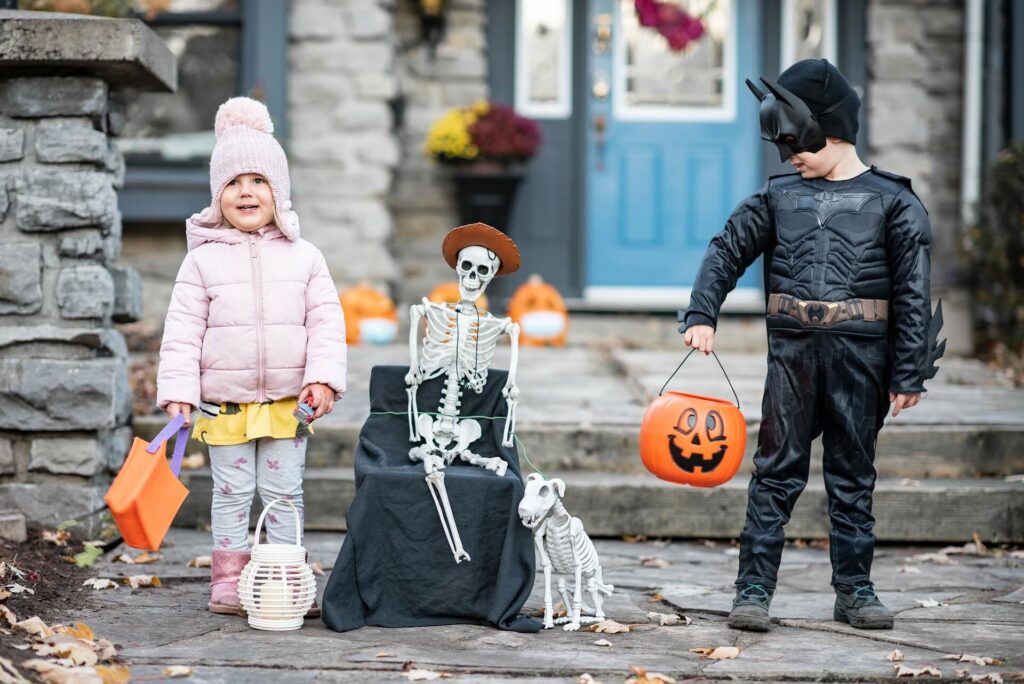Come October, people across the United States and various other countries participate in a tradition that has been around for some time. Trick-or-treating, which involves costumed children going door-to-door in the neighborhood asking for candy, is a staple of fall. While the exact origins of Halloween and trick-or-treating are hard to pin down, historians believe that Halloween came from a holiday known as Samhain, which ancient Brits and Celts once celebrated in recognition of the onset of winter. During Samhain, revelers believed that the world of the gods and ghosts was open and that these beings played tricks on the mortals. In turn, mortals lit bonfires and wore costumes, so they would be unrecognizable to the ghosts. Unlike the lighthearted activities of today’s Halloween, ritualistic sacrifices and other more sinister events also took place 2,000 years ago on Samhain. Once Christianity took root in formally Celtic locales, the tide of Samhain celebrations turned and a focus was placed on celebrating the holy and dead in more meaningful ways on All Saints Day (November 1) and All Souls Day (November 2). In fact, Halloween, which comes from All Hallows Eve (hallow meaning ‘holy’), offered an opportunity to come together and pray, dress in costumes of hallowed saints and evil spirits, and act out the battles of good versus evil. Poor individuals also were known to travel to the homes of more fortunate individuals and receive pastries known as ‘soul cakes’ in exchange for a promise to pray for that homeowner’s deceased relatives. The tradition of ‘souling’ eventually gave way to trick-or-treating. History.com says it is unknown when the term ‘trick-or-treat’ came into the vernacular. However, the phrase has at least been in use since 1951, when the popular ‘Peanuts’ comics published a Halloween edition. The title ‘Trick or Treat’ was also used on a Disney cartoon featuring Donald Duck in 1952.
Advertisement - Story continues below
Request advertising info. View All.
